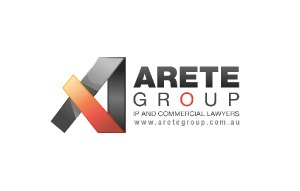
Intellectual Property (IP) – A Risky Generalisation? “I’ve got IP”, “They’ve taken my IP” and similar phrases are often heard today; however, their users are not always aware that IP is just a label of convenience, one that covers a grab bag of different subject matter and rights. So, we always need to be clear about what falls into which category and some of the basic differences, including whether there is any kind of application process to get the intellectual property right(s) (IPR(s)) in question and how long they might last (their term).
The significance of difference So, patents, PBRs, registered designs and registered trade marks all have an application process. An application for any of these will involve submission of the relevant forms, payment of official fees, a formalities check, substantive examination (against the requirements of the relevant Act) and some form of final grant/registration. However, those application processes vary between the different types of IP. Just because some IPRs involve no formal application does not mean that you get them ‘automatically’. Copyright, CLRs, trade secrets and confidential information all have threshold requirements that have to be reached before subject matter protection arises. Further, all have detailed, complex rules allocating first ownership (or, in the case of trade secrets and confidential information, controllership). This is very important in the context of enforcing rights, as clearly it is not possible to enforce rights that you do not have. Further, copyright, trade mark and patent laws provide prohibitions against the making of groundless threats of initiating infringement proceedings, so it is always important to be clear in relation to relevant rights prior to asserting these rights.
Exploiting and commercialising your IP Once an individual or entity owns IP, there are a number of options open. The most obvious is to use the IP directly according to type, for example, applying the mark in relation to goods/services, producing things embodying the invention, etc. However, self-use of IP is not always a practical option and that is where other ways of exploiting IPRs arise. Licensing means that an owner retains IP ownership but permits others to use or otherwise exploit it. In essence, this provides an opportunity to created leverage over use of the IP. Licensing arrangements come in many different shapes and sizes (eg exclusive v non-exclusive, royalty free v royalty payment, worldwide v territory limited, perpetual v time limited, freestanding v embedded). It is important to fully understand the differences between different types of licensing arrangements when drafting commercial licences such as franchise agreements, distribution agreements, sponsorship agreements, software licences, IT development (including software, websites etc) and any other arrangement where one party is granting the other a right to use their IPRs. Other ways of exploiting IP include assignment (ie transfer of ownership) and securing charges for loan or other purposes. Assignment has fewer options that licensing but can still involve partial or return-trip (reversionary) assignment. In any event, licensing, assignment and charging are all complex topics and, if in doubt, you should always consult a specialist IP lawyer.



